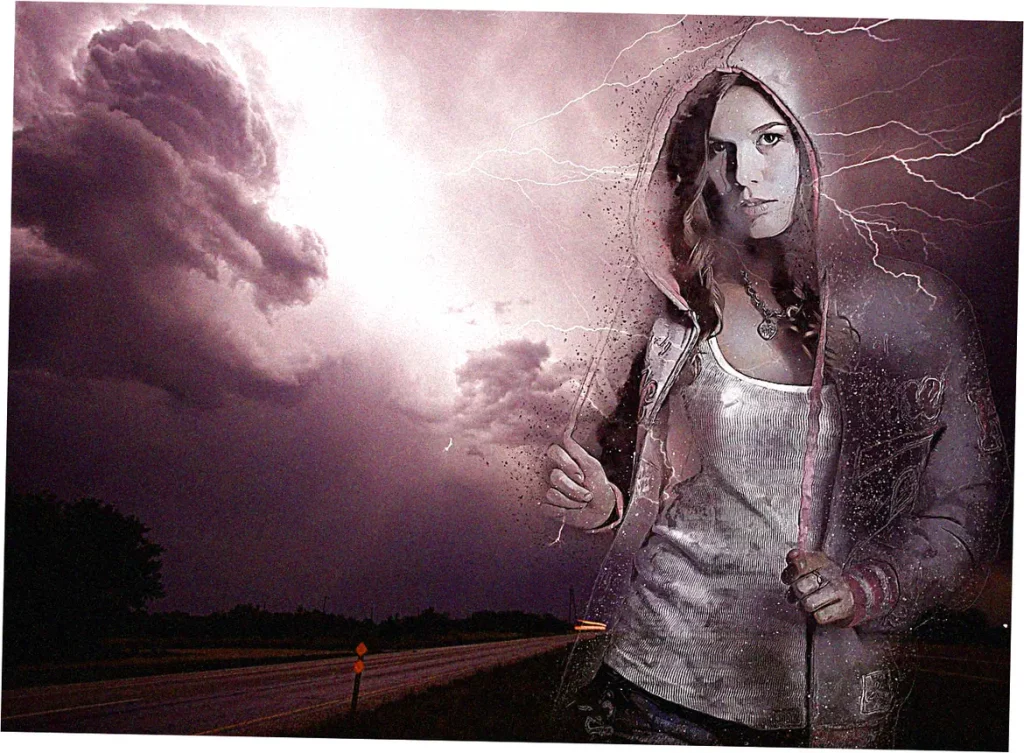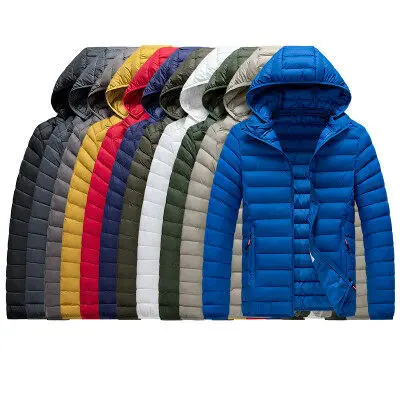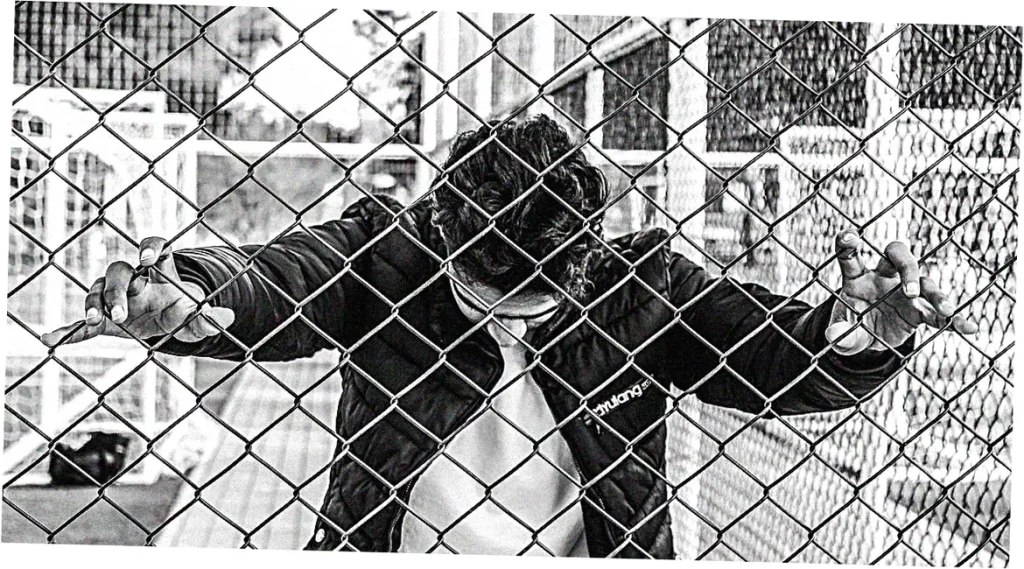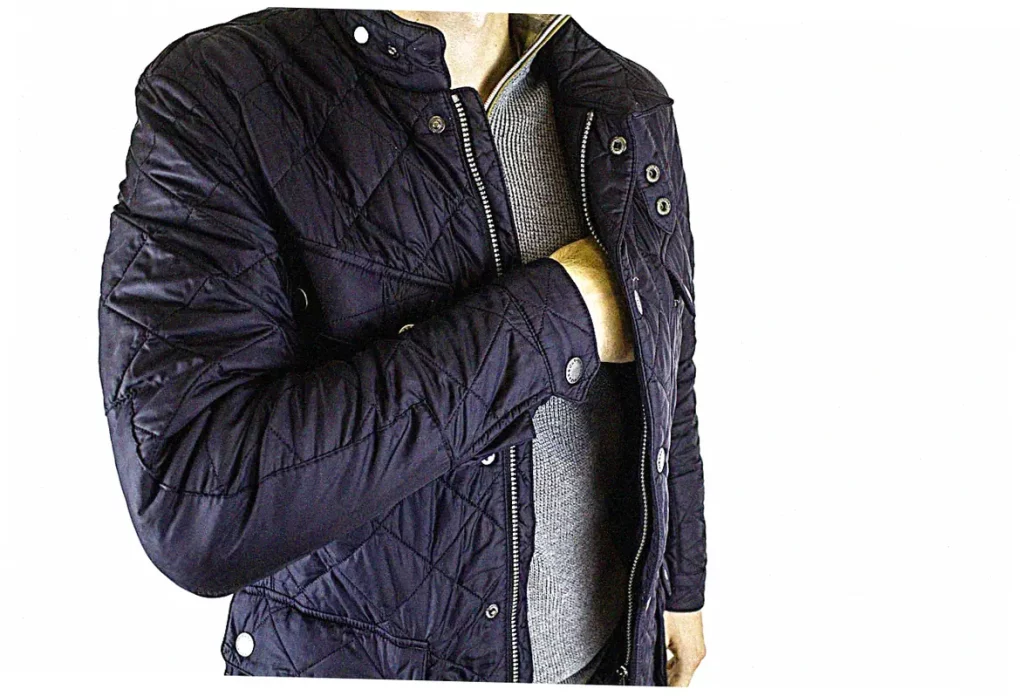When you’re looking for a made in USA down jacket, you’re not just buying it for warmth. You want great craftsmanship, ethical production, and gear that really lasts. These jackets show you care about supporting American manufacturing. You’re investing in winter gear that can handle the toughest cold weather. Lots of people search for the best women’s down jacket or look for specialized down ski jackets. This shows they have specific needs beyond just staying warm. What makes these jackets appealing? You get clear supply chains, better materials, and clothes made to last for years, not just a few seasons.
Table of Content
Let’s talk about what makes a down jacket truly American-made.
So what counts as USA-made down insulation?
Here’s the deal with sourcing standards: for a jacket to be truly American-made, both the materials and labor need to come from the US. The FTC says that Made in USA labels mean almost everything in the jacket comes from American sources.
That covers the outer fabric, zippers, thread, and most importantly—the down insulation itself. But some companies mix globally sourced down with US assembly, making hybrid products.
As Dr. Sarah Jenkins, a textile engineer at Colorado State University, puts it: People trust the Made in USA label because they believe it means better working conditions and environmental standards than you might get with overseas manufacturing.
When it comes to insulation quality, top American down jackets usually feature water-resistant duck or goose down with fill power ranging from 600 to 900. Higher fill power means better loft and more warmth for less weight. Here’s how the main insulation types in US-made jackets stack up:
| Type of Fill | Fill Power Range | Best Uses | How Long It Lasts |
|---|---|---|---|
| Goose Down | 700-900 | Really cold weather, when you need light packing | Lasts over 15 years if you take good care of it |
| Duck Down | 600-750 | Daily winter use, easier on your wallet | Good for 10-12 years |
| Water-Resistant Down | 650-800 | Wet weather, skiing conditions | Lasts 12-15 years |
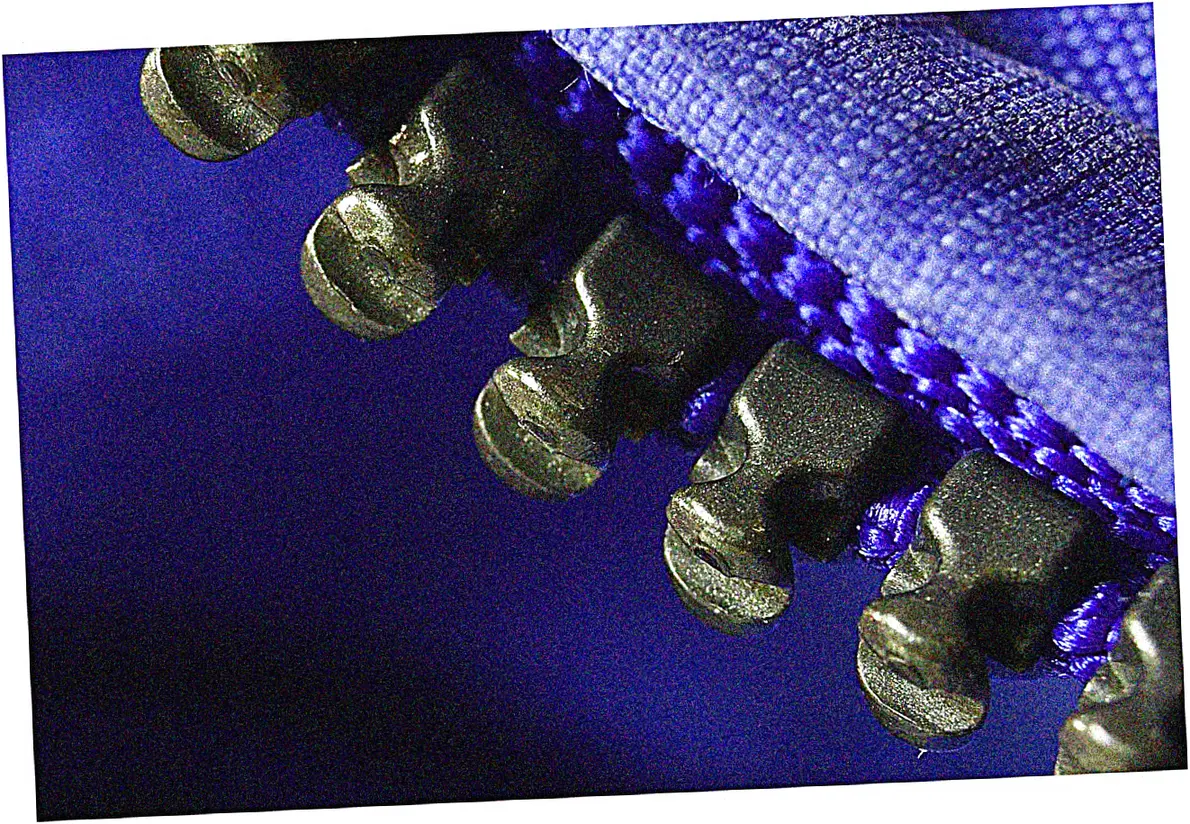
What makes American-made jackets stand out
American down jackets often use box-baffle construction, which stops the down from shifting and gets rid of cold spots. This takes skilled workers, and US manufacturers have really mastered it.
Unlike the simpler sewn-through designs you often see in imported jackets, this method makes 3D compartments that keep the insulation even. As experienced outdoor guide Michael Torres says.
My American-made down jacket has survived seven Alaska winters because the reinforced stitching at key points is better than anything I’ve seen in imported jackets.
US makers usually go for high-quality shell fabrics like Pertex Quantum or similar materials that are both light and tough. These technical fabrics block wind and water but still let your body breathe.
Plus, they often get YKK zippers from US factories and use extra-strong thread, so the seams hold up to lots of use without leaking.
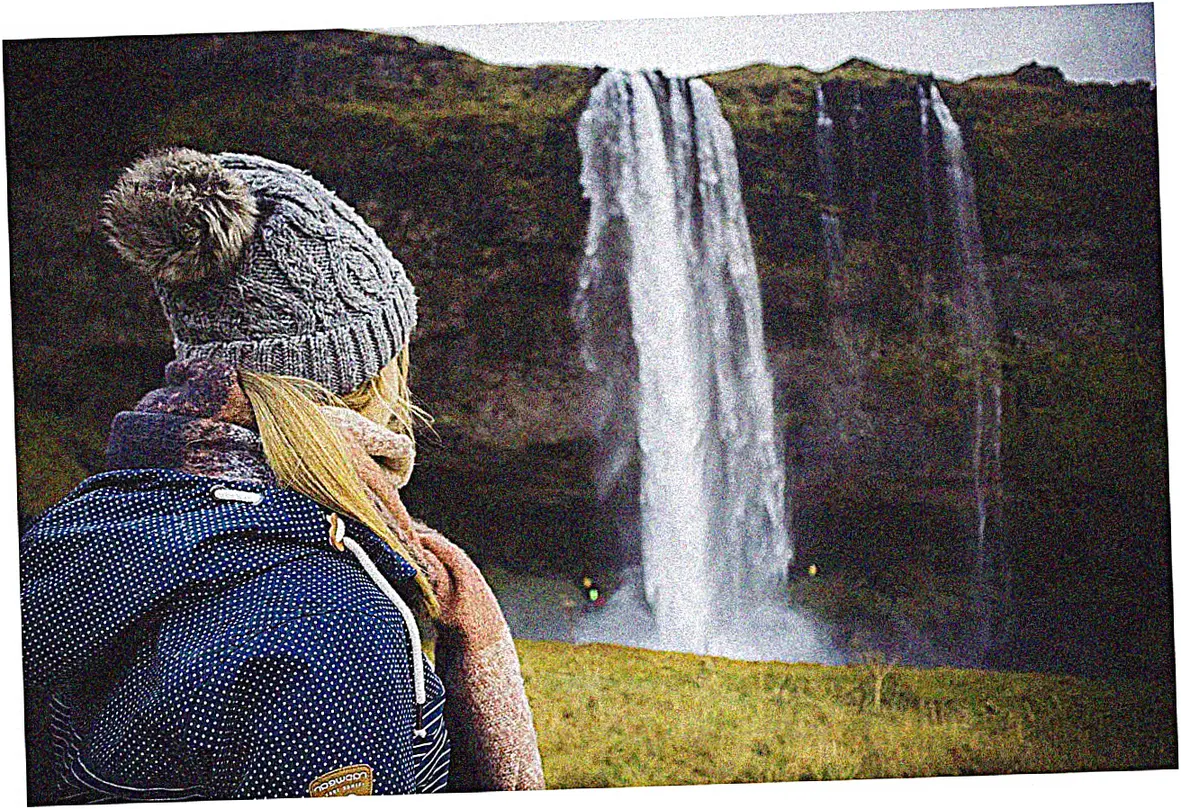
Why you should pick down jackets made in the USA
You get better quality and they last longer
Let’s talk about long-term value. USA-made down jackets cost more upfront – think $250 to $600 compared to imported ones at $100 to $300. But here’s the thing: they last way longer, so you actually get more for your money.
American companies usually give you much better warranties too. We’re talking lifetime guarantees that cover defects, while imported jackets often only come with basic one-year coverage.
Thanks to stronger stitching, better materials, and strict quality checks, these jackets keep their warmth and work great for decades if you take care of them properly.
Now about consistent performance – US-made down jackets get really thorough quality checks. Most companies test every single jacket, not just random ones. This means the insulation spreads evenly and you can count on them even in really tough weather.
Like this Patagonia quality manager said: We test every zipper’s weight, check each batch’s fill power, and water-test all our US-made down jackets. Most overseas factories can’t afford to do all that testing.
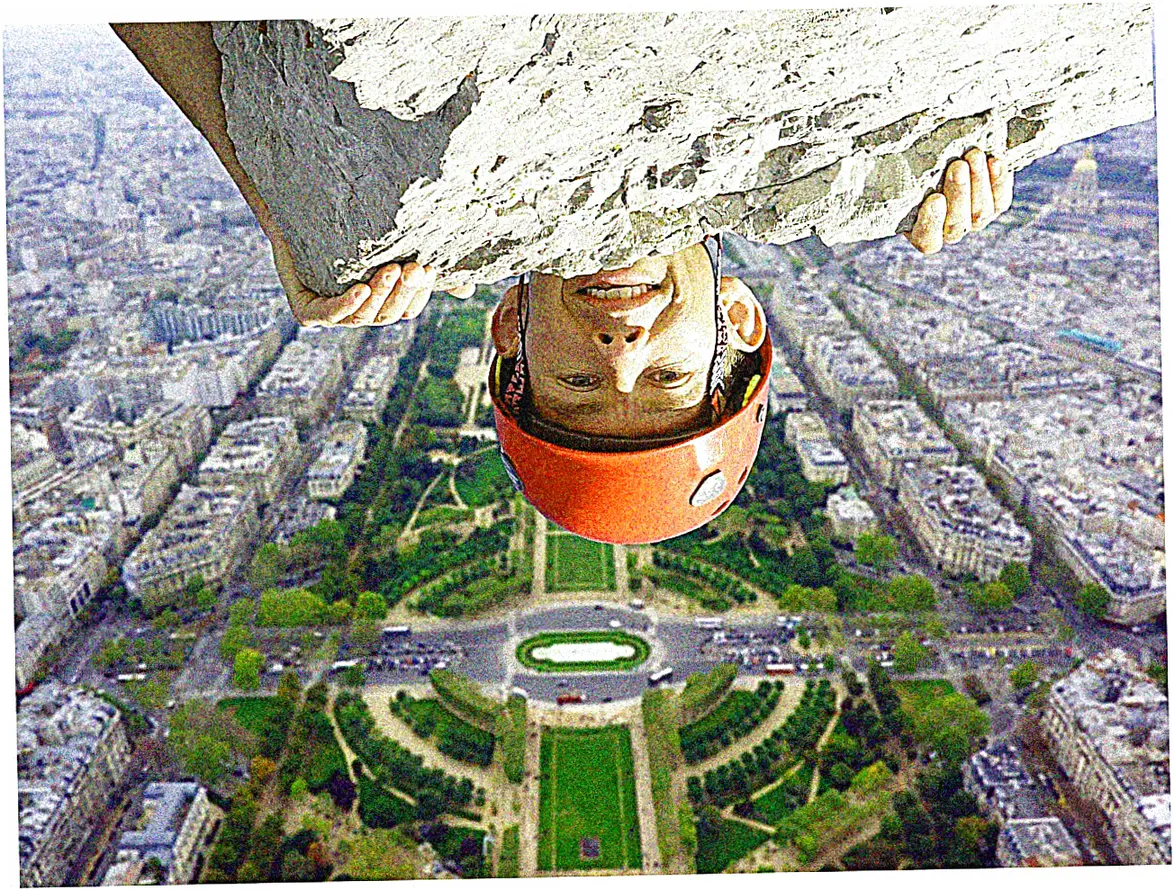
Thinking about ethics and the environment
Let’s look at humane standards. Most US down jacket makers follow Responsible Down Standard or Global Traceable Down Standard. This means no force-feeding or live-plucking of birds.
Since everything’s made closer to home, it’s easier to verify these standards are actually being met. Plus, US environmental rules mean cleaner water waste from cleaning and tighter control over chemicals used in down treatment.
Now about cutting carbon footprint – jackets made locally create way less transportation pollution. A jacket made in Asia and shipped here creates about 15-20kg of CO2 just from shipping. But US-made ones only produce 2-4kg of transport emissions.
And when you buy American, you’re helping keep skilled sewing jobs here. For every 1,000 jackets made in the US, we support 3 to 5 American workers.
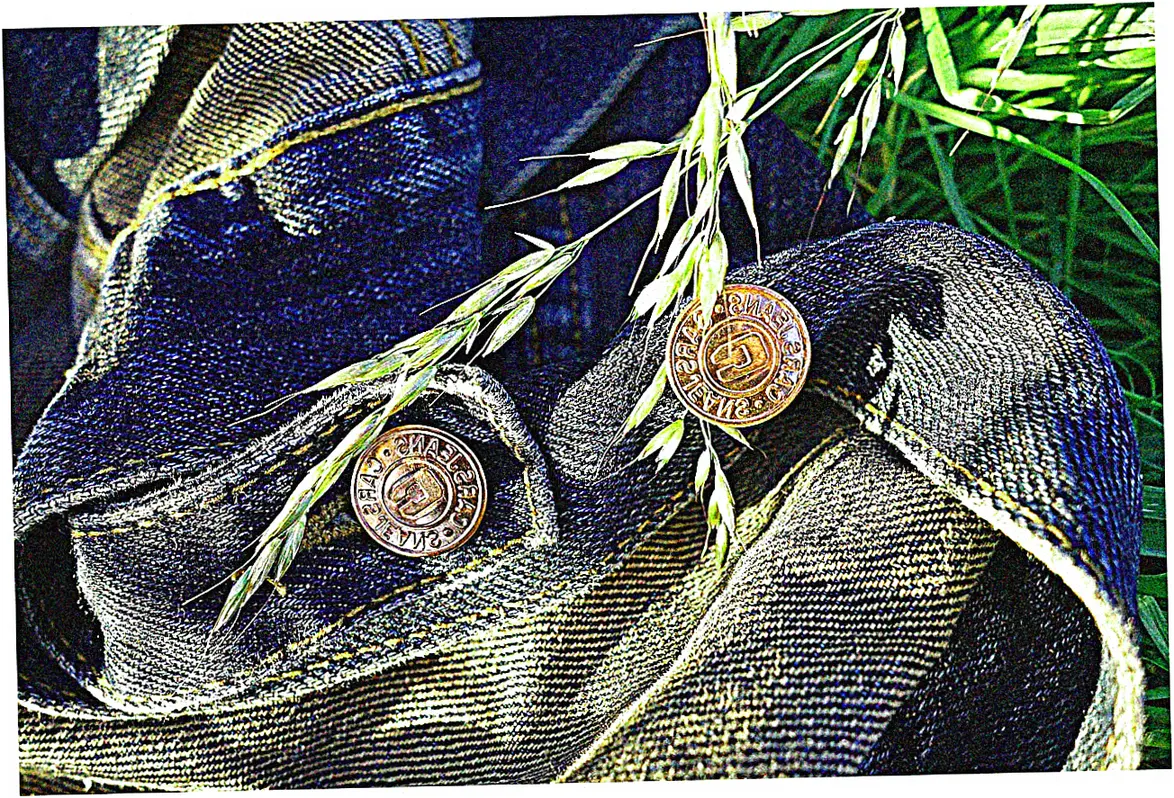
Let’s talk about the best American-made down jacket brands and their popular models
Here are the top US manufacturers making quality down jackets
Different American brands specialize in different things when it comes to down jackets Feathered Friends makes really warm goose down jackets right in Seattle, and they’re famous for their expedition-ready parkas Over in Vermont.
Stormy Kromer focuses on tough, classic styles using American duck down that’s sourced responsibly If you need serious performance, Beyond Clothing in Seattle makes customizable down jackets that meet military durability standards
For women looking for the right fit, check out Patagonia – they make some down jackets in Nevada – and Woolrich, who crafts heritage styles in Pennsylvania Women’s jackets are cut differently to fit shoulders.
torsos, and hips better, giving you more freedom to move without extra bulk That’s why many women who work outdoors choose American-made jackets – you just can’t get that perfect fit from unisex imports
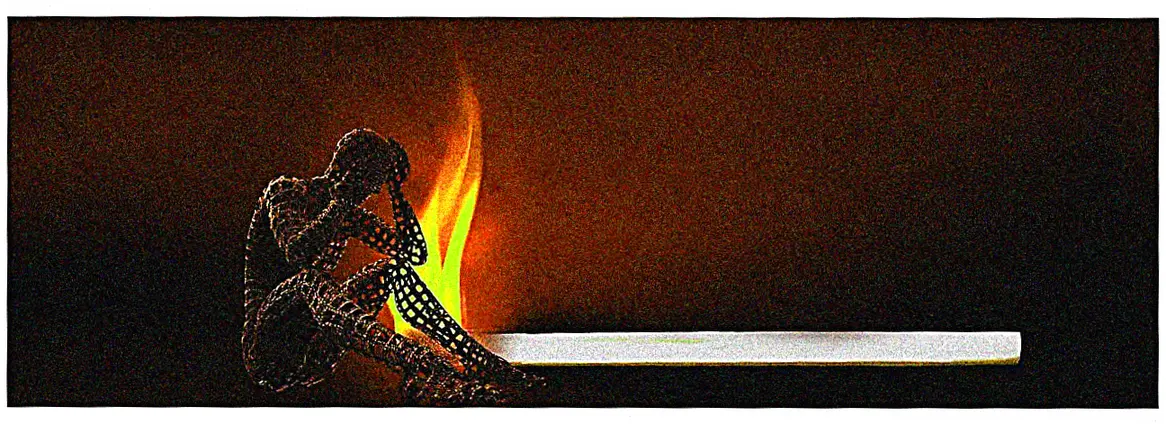
These jackets work for everything from city life to mountain adventures
You can find American down jackets for all kinds of activities, whether you’re dressing up for the city or gearing up for the mountains City folks love Filson from Seattle – they make down jackets with waxed canvas that actually looks better as it ages For skiing and climbing, Outdoor Research designs smart down jackets with insulation where you need it most – less bulk under backpack straps, more warmth around your core, plus built-in powder skirts
The right down jacket depends on where you’ll be using it most Here’s a quick guide to help you pick the perfect jacket for your climate
| For this kind of weather | Look for this fill power | Jacket features that help | Some brands to check out |
|---|---|---|---|
| In dry cold places like the Interior West | Go for 800-900 fill power or higher | Lightweight jackets that pack down small | Feathered Friends and Western Mountaineering are great choices |
| For wet cold climates like the Pacific Northwest | 650-750 fill power with water-resistant treatment | Water-resistant outer fabric and treated down | Patagonia and Outdoor Research work well here |
| In changeable weather like the Northeast | 700-800 fill power is your sweet spot | Versatile lengths with water-repellent coating | Woolrich and L.L. Bean’s American-made lines are perfect |
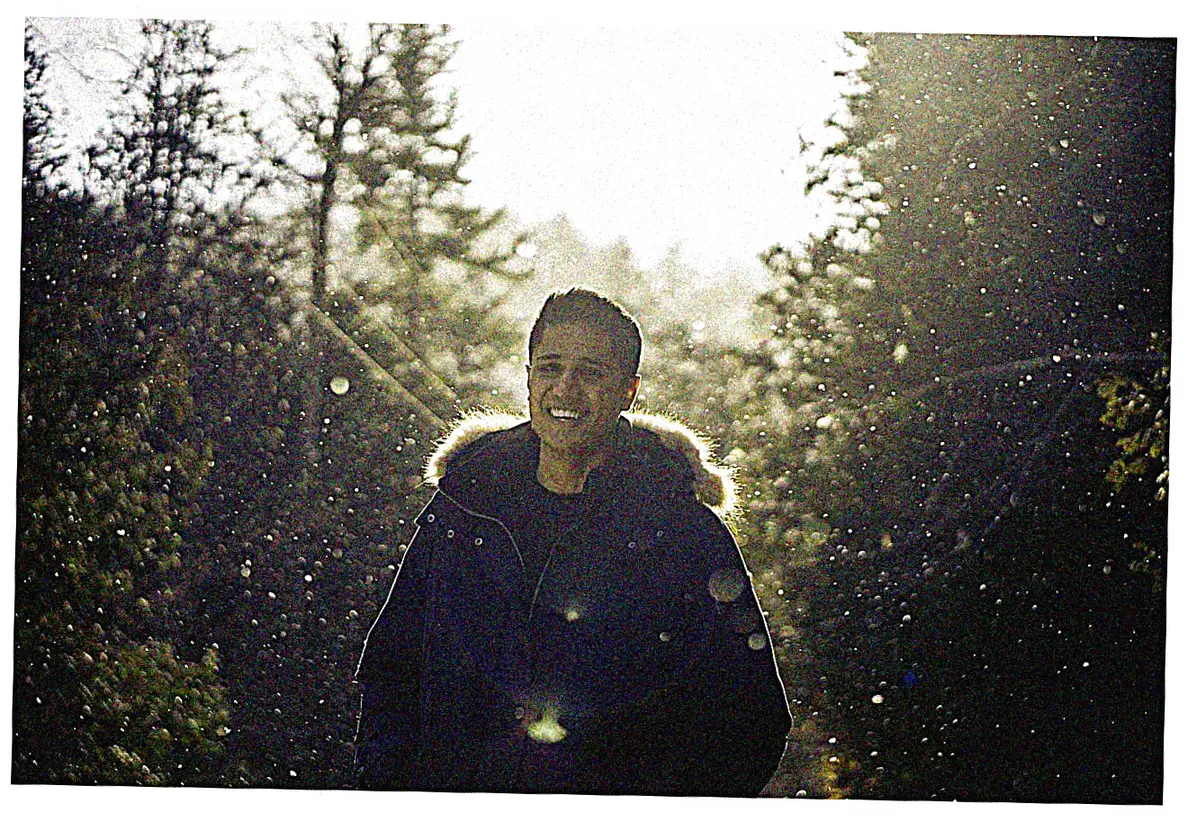
Let’s talk about down ski jackets and their technical features for winter sports.
First up, design elements that really perform in the mountains.
American-made down ski jackets are built specifically for skiing. They tackle the unique challenges you face on the mountain. You get features like gusseted underarms so your poles move freely.
There are internal goggle pockets with soft lining to protect your lenses. Plus, the shoulders are reinforced right where your ski straps rub. Many even have RECCO rescue tech built in.
These reflectors help ski patrol find you in an avalanche. It’s a safety feature you see a lot in technical gear made right here in the USA.
Now, let’s look at how they protect you from the weather. Top US-made down jackets come with fully taped seams to stop water from getting in. They have waterproof zippers with storm flaps.
And adjustable powder skirts keep the snow out when you take a tumble. Even the down insulation is treated with a DWR coating. This means it stays fluffy and warm, even if it gets a bit wet.
As Jackson Hole ski guide Lena Petrov says, My US-made down jacket keeps me warm on the chairlift. But I don’t overheat when I’m skinning up, thanks to smart vent placement.

Next, finding the right balance between warmth and breathability.
A good down ski jacket manages moisture while you’re active. It uses different amounts of insulation in different zones. You get lighter fill in spots that get hot, like underarms and your upper back. And maximum puffiness is saved for your core.
Lots of American brands use their own special baffle designs. These create little air channels that let sweat vapor out but keep the wind from getting in. Pit zips that go all the way down to your waist are key.
They give you crucial airflow on the way up. Then, when you zip them shut for the ride down, your torso stays perfectly insulated.
Choosing the right fill power is important. For resort skiing, where you’re moving from the lodge to the lift to the run, 650 to 750 fill power is the sweet spot. It’s warm enough without being too bulky.
If you’re heading into the backcountry, every ounce counts. That’s where 800-plus fill power shines. It gives you the most warmth while taking up the least space in your pack.
Luckily, US manufacturers usually give you really detailed specs. This makes it easy to pick the perfect jacket for exactly what you like to do.

Care and Maintenance for Longevity
Proper Cleaning Techniques
Here’s something that might surprise you: your down jacket actually needs regular washing. If you use it a lot, clean it 2-3 times each season. This keeps the loft intact by getting rid of body oils and dirt that make feathers clump together.
Stick with front-loading washers since the agitators in top-loaders can wreck the baffles. Use special down cleaners – Nikwax Down Wash works great. Make sure you rinse it well, then tumble dry on low heat.
Throw in some tennis balls or dryer balls – they’ll help break up clumps and bring back the loft. This might take 2-3 drying cycles to get it right.
For small stains between full washes, just mix some down cleaner with water and use a soft brush. Start from the outside and work your way in. Don’t cram your down jacket into a tight space for storage.
Just hang it up somewhere cool and dry. When you’re putting it away for the off-season, use cotton storage bags instead of plastic. Plastic bags hold moisture and can lead to mildew.
Most American-made down jacket companies give you really specific care instructions that match how they built your jacket.
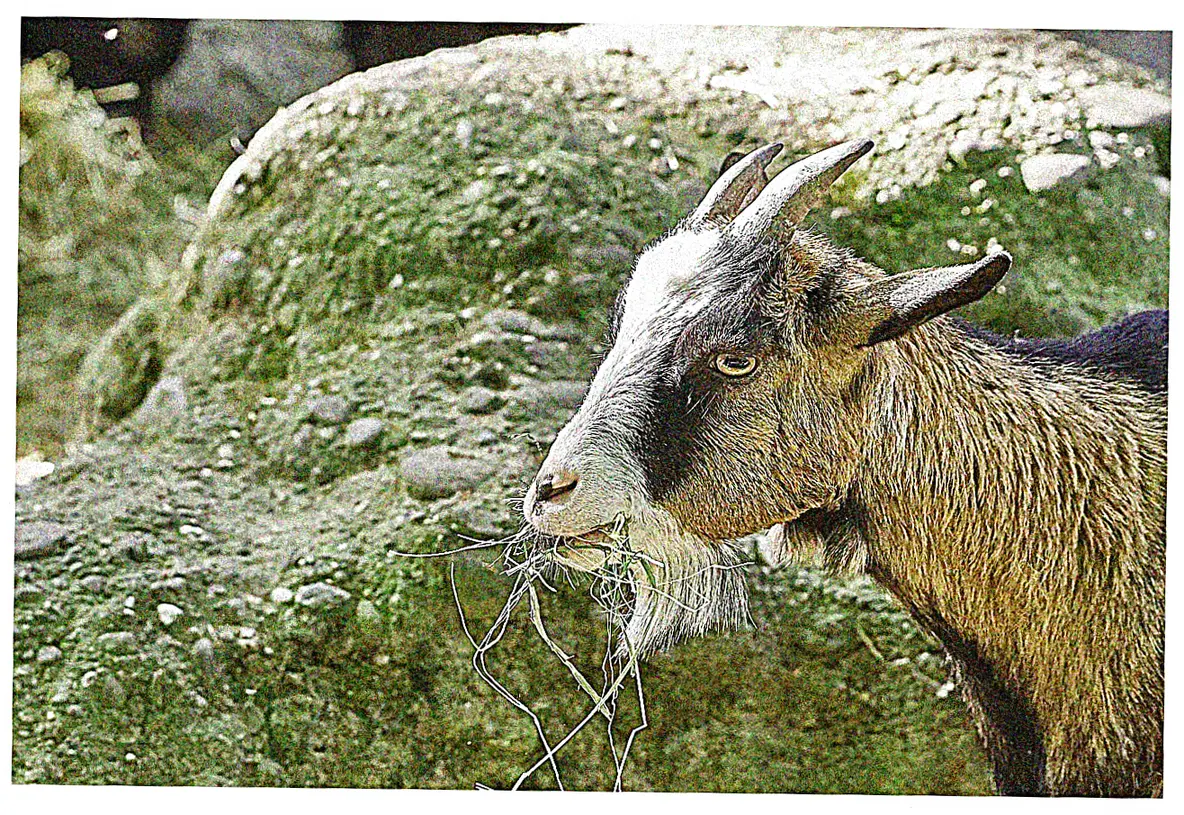
Repair and Refurbishment Options
The great thing about American-made down jackets is that small tears or loose stitches can usually be fixed instead of making you buy a new one. That’s way better for the environment too.
Lots of US companies will repair their jackets for you, sometimes for free or at a decent price. If you need a quick fix while you’re out, keep some tenacious tape made for down jackets handy.
It makes waterproof patches that last through several washes. If certain spots have lost their puffiness, some outdoor gear shops can actually refill the down for you.
That water-repellent coating on the outside? It wears off after a while. You can bring it back by tossing your jacket in the dryer on medium heat for about 20 minutes. When that stops working, use special wash-in or spray-on DWR treatments.
Pay extra attention to high-wear spots like the shoulders. American-made jackets usually start with tougher DWR coatings, but they all need upkeep now and then. This is especially true if you’ve been around ski resort snowmaking chemicals a lot.
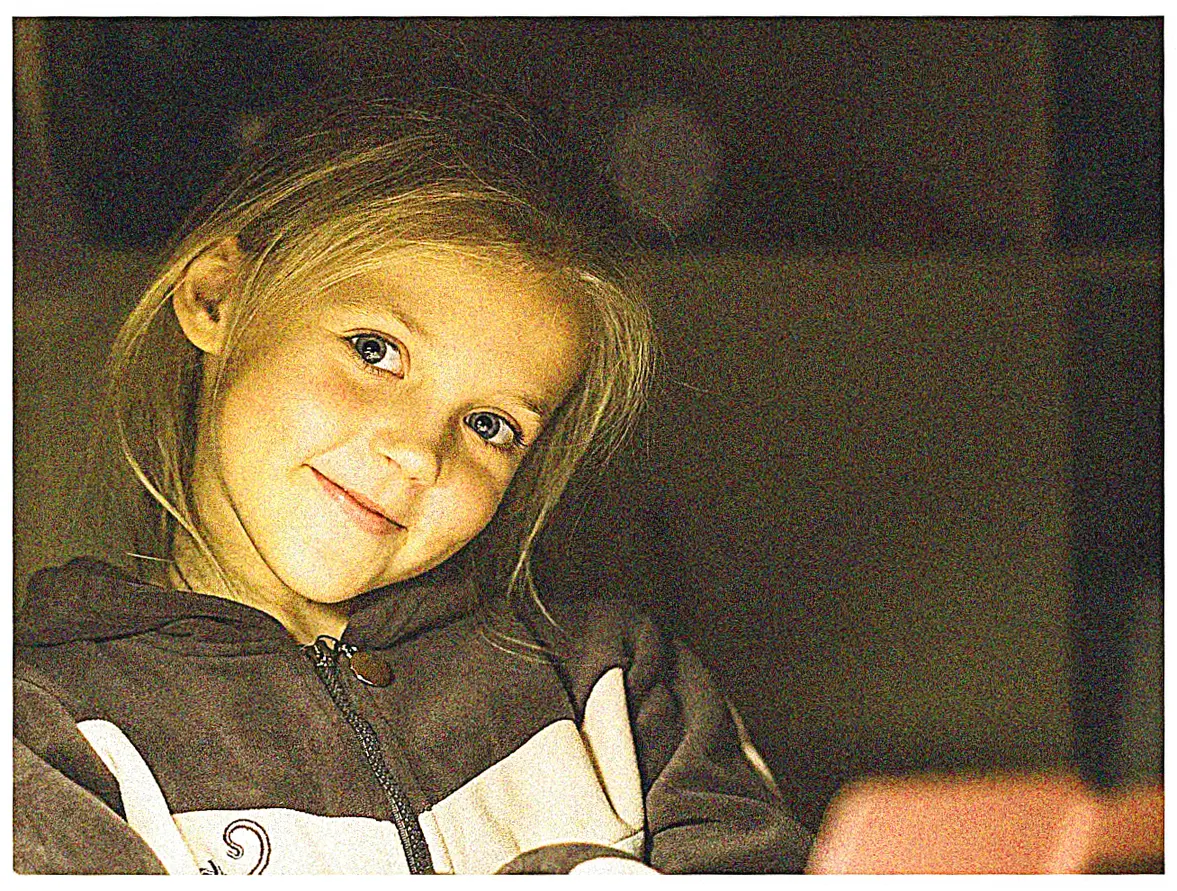
Ready to buy your down jacket? Here’s how to decide.
Where can you find real USA-made down jackets?
First, check where it’s really made. Many jackets say assembled in USA but use imported parts. Look at brand websites – real American-made companies are open about their sourcing.
True USA-made brands will tell you exactly where they get materials and make their jackets. Buy straight from the maker or approved stores so you don’t get fake jackets with wrong origin labels. Some even let you visit their US factories – that’s solid proof they make them here.
When’s the best time to buy? USA-made jackets don’t get huge discounts, but late winter sales (February through March) can save you 20-30%. You can also find factory seconds – jackets with tiny flaws that cost way less.
Check outlet stores near where they make these jackets – like in Pennsylvania, Washington, or Vermont. You might score discontinued colors or styles for less, plus you’re helping local businesses.
Last check: fit and features
For the right fit, try jackets on with the layers you’d wear in cold weather. Lift your arms like you’re holding ski poles – the jacket shouldn’t hike up too much. If you ski, make sure the hood fits over your helmet.
Women, pay attention to torso length and hip space. Lots of US brands now make jackets that fit women’s bodies better than standard sizing. Keep in mind down flattens with wear, so if it’s tight at first, it might get too tight later.
Make sure your jacket has all the right features: well-placed pockets (inside ones for valuables, outside ones you can reach with gloves), cuffs you can adjust to keep heat in, two-way zippers for easy sitting, and the right length for what you need.
If it’s a ski jacket, check that the powder skirt works with your snow pants. Many US makers actually listen to what customers want – that’s another plus of buying American, since they’re closer to their buyers.
Picking a USA-made down jacket means you’re investing in quality, ethical making, and something that lasts. You get top performance from skilled workmanship, plus you’re supporting US manufacturing and clear supply chains.
Whether you want a trusty everyday winter coat or a technical ski jacket for the mountains, US-made jackets have clear benefits you’ll appreciate more each year you wear them.
Your choice helps keep manufacturing skills alive and supports sustainable practices, plus you get outerwear that could last longer than you ever expected for the price.
Here are some common questions people ask
Are USA-made down jackets really worth the extra money?
Absolutely, if you think about the long run They cost more upfront than imported ones, but the better materials and build quality mean they last 2-3 times longer Plus, you get ethical manufacturing, repair services when you need them.
and reliable performance – all good reasons to invest if you care about durability and how things are made
How can you tell if a jacket is really made in the USA?
Look at the brand’s website – real American manufacturers will clearly show where they make things and where materials come from Watch for specific wording like sourced and sewn in the USA instead of just American-made The FTC (Federal Trade Commission) says products labeled Made in USA need to be mostly made with US materials and substantially transformed here
What’s the best down jacket for women in really cold weather?
For super cold conditions, look for USA-made jackets with 700 fill power, cuts designed for women’s bodies, and smart baffle placement Brands such as Feathered Friends and some Patagonia models have women’s jackets ready for serious cold – they give you longer torso coverage and sleeves that move well when you layer up
Do down ski jackets work in wet snow?
Today’s USA-made down ski jackets have water-resistant down and tough outer shells that handle normal resort weather just fine But if you’re dealing with lots of wet snow or rainy ski days.
synthetic insulation often works better than down, even though it’s a bit bulkier That’s why many skiers have both types for different weather
